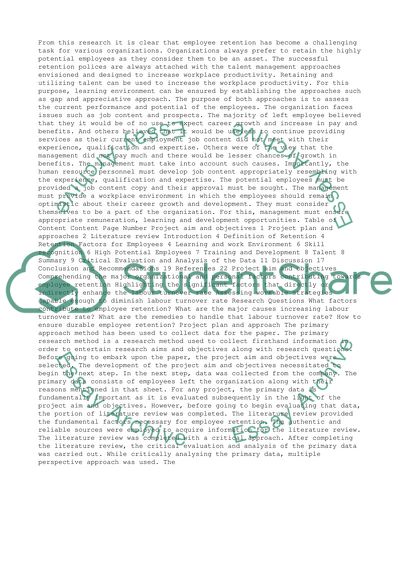Cite this document
(“Employee Retention as a challenging task for various organizations Dissertation”, n.d.)
Retrieved from https://studentshare.org/business/1395990-employee-retention-as-a-challenging-task-for-various-organizations
Retrieved from https://studentshare.org/business/1395990-employee-retention-as-a-challenging-task-for-various-organizations
(Employee Retention As a Challenging Task for Various Organizations Dissertation)
https://studentshare.org/business/1395990-employee-retention-as-a-challenging-task-for-various-organizations.
https://studentshare.org/business/1395990-employee-retention-as-a-challenging-task-for-various-organizations.
“Employee Retention As a Challenging Task for Various Organizations Dissertation”, n.d. https://studentshare.org/business/1395990-employee-retention-as-a-challenging-task-for-various-organizations.


